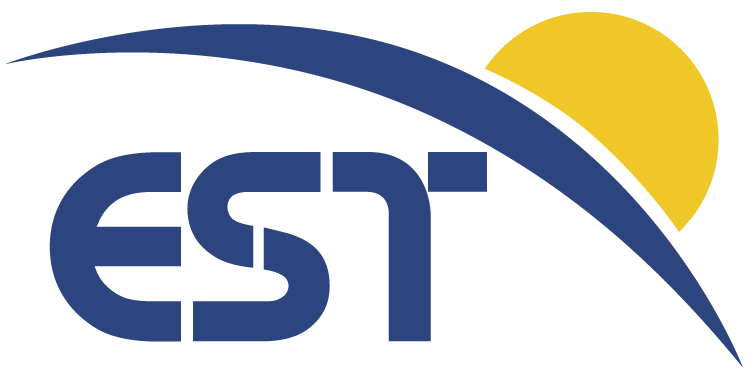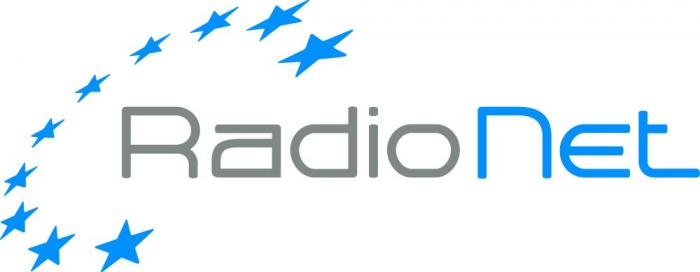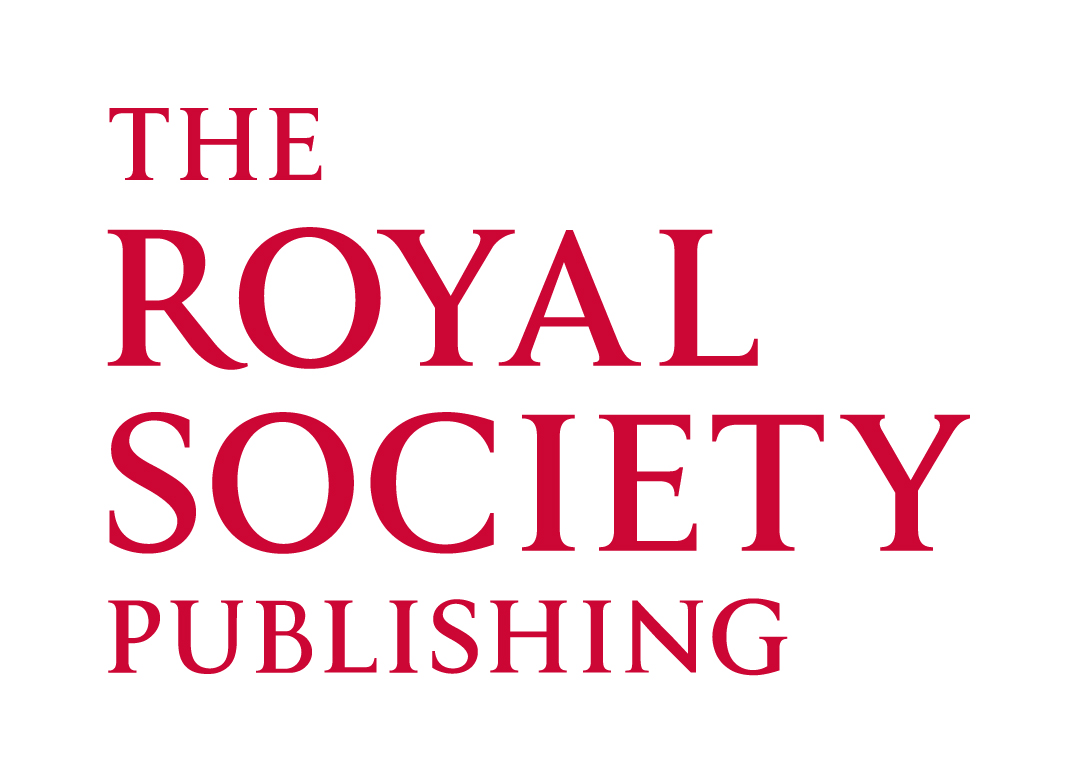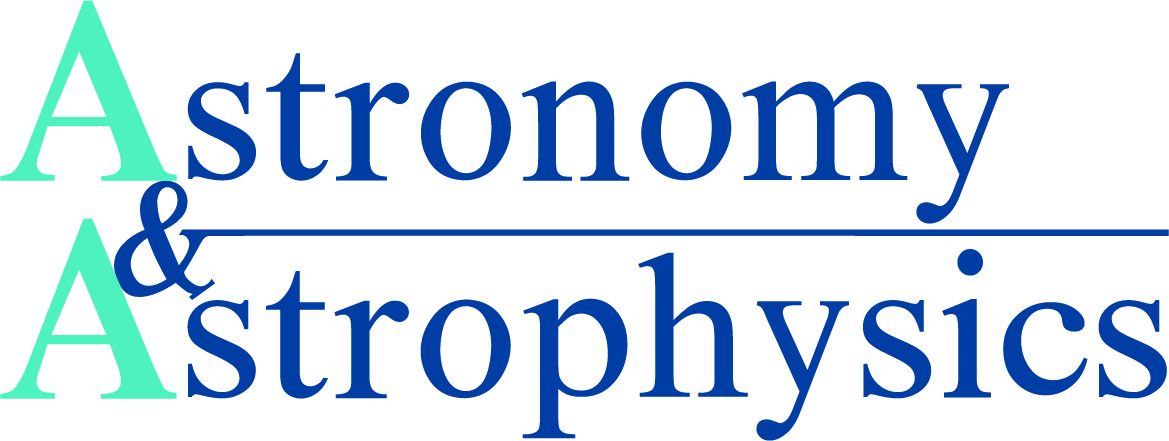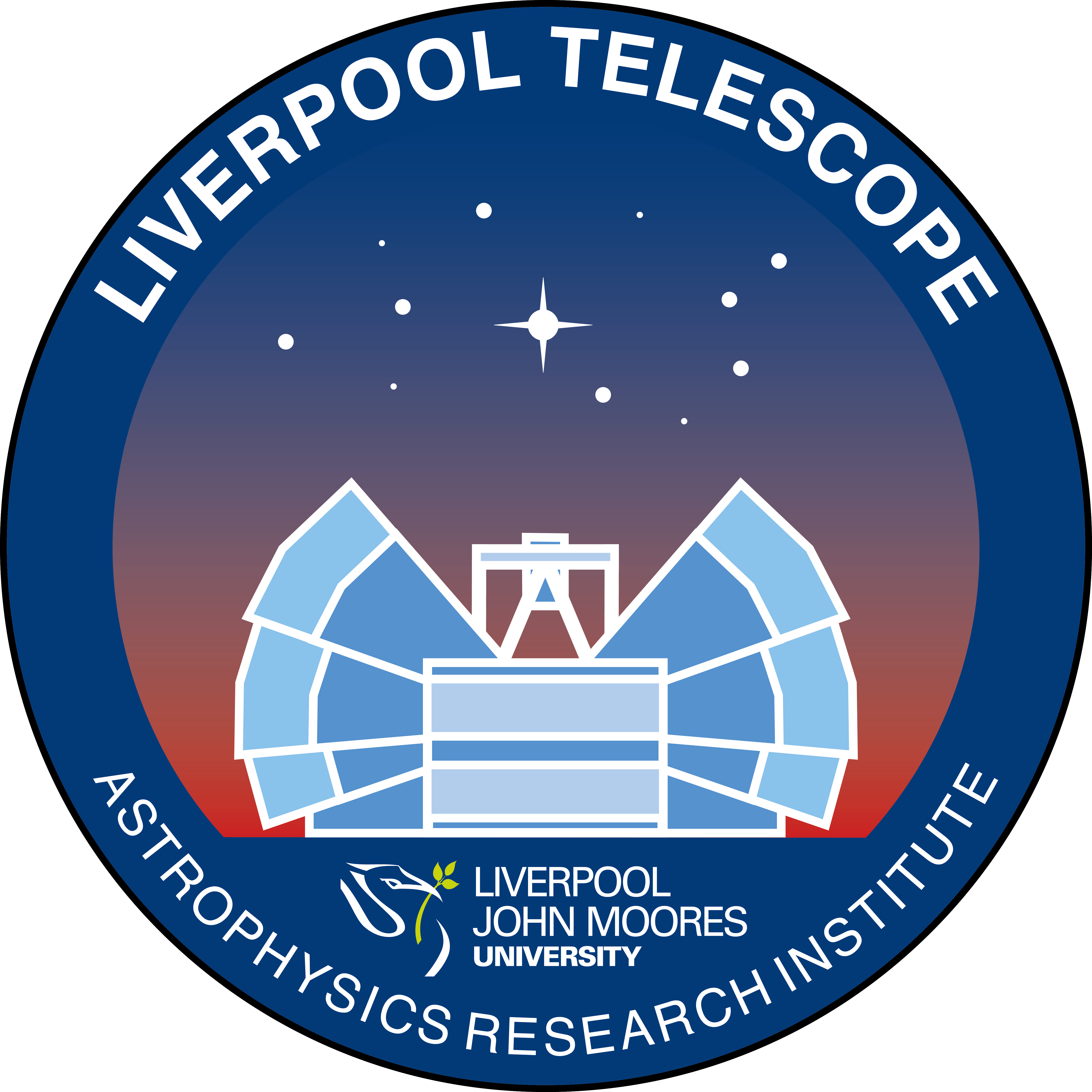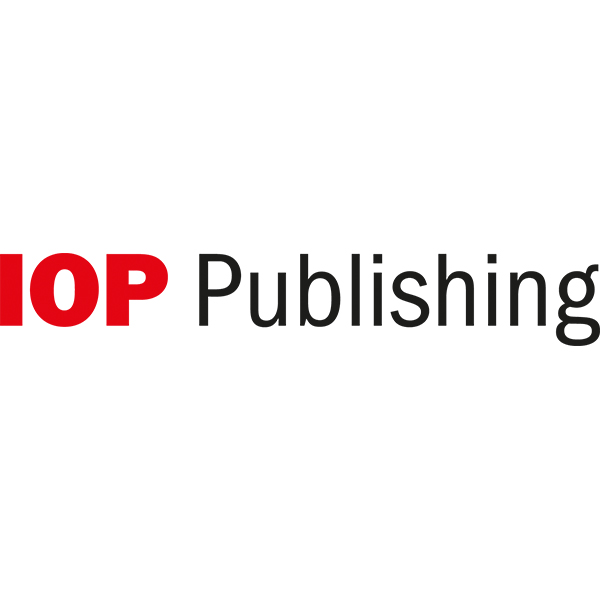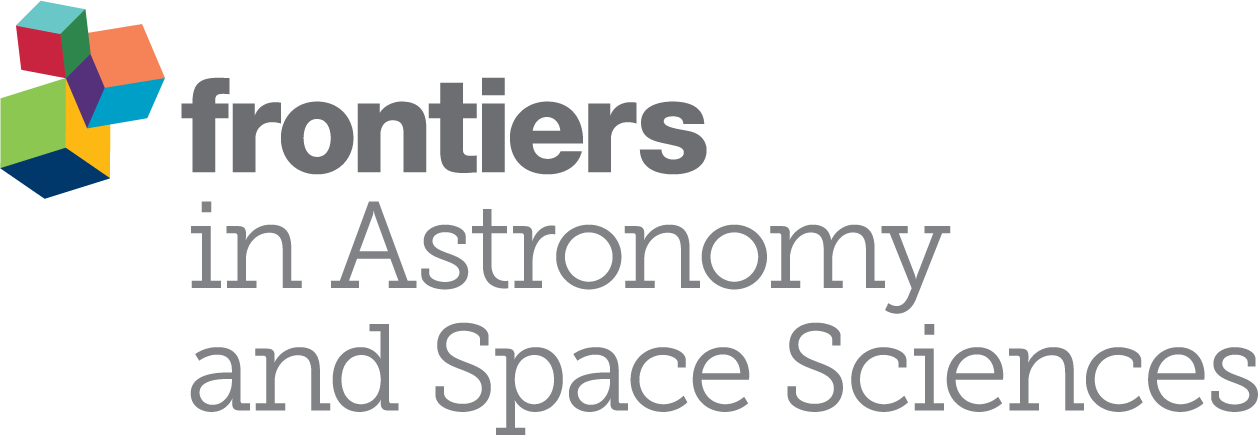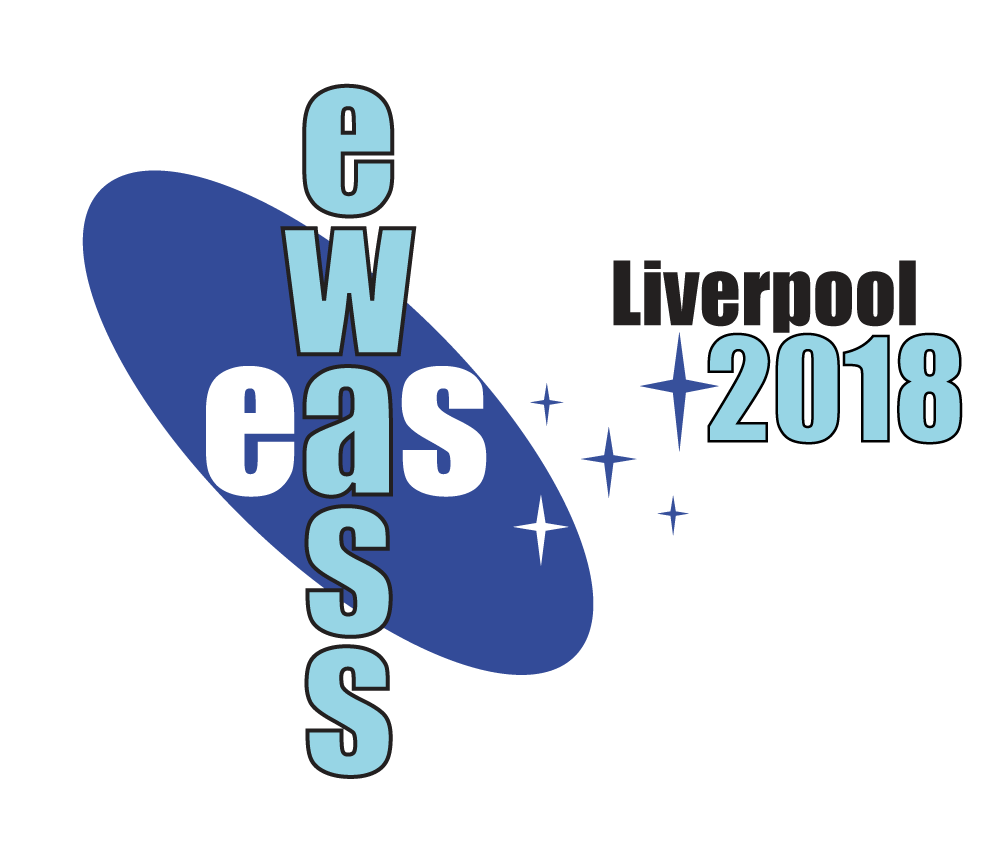
|
Special Session SS25
5 April 2018
Supernovae as cosmological probesTwenty years ago, observing Type Ia supernovae at varying redshifts produced the surprising result that the expansion of the Universe is accelerating. Since then, the Type Ia supernova Hubble diagram has become well populated out to a redshift of about 1. In addition to this, other types of supernovae have emerged as potential standard candles, for example super-luminous supernovae. These are significantly more luminous than the majority of Type Ia supernovae, and thus have the potential to probe even higher redshifts. In this session we will discuss recent developments in cosmological supernovae, including recent and current cosmology projects and the pro/cons, difficulties and opportunities in using supernovae for measurements of w, H0 and σ8. We will also look at methods for improving standardisation by looking at e.g. host galaxies, local environment of the supernovae, reddening, and twinning of high redshift Type Ia supernovae with similar nearby counterparts. We will then look towards utilising the new facilities coming online in the next few years for supernova cosmology, and possible synergies with other current/planned instruments. These new facilities will have a significant impact on the limits of observing cosmological supernovae, beginning with JWST in 2019, so this is a timely moment to have a dedicated EWASS special session on the topic. We will be accepting poster contributions. Contributors not selected for a talk will also have the chance to present their work as a poster. Programme
Invited speakers
Scientific organisers Contact Updated on Tue Nov 21 14:49:57 CET 2017
|
||||||||||||||||||||||||||||||||||||||||||||||||||||
|
EWASS 2018 : European Week of Astronomy and Space Science |
|||||||||||||||||||||||||||||||||||||||||||||||||||||
 A power cut will shut down all EAS services on Tuesday, 10 January 2017 starting at 7:30 CET.
A power cut will shut down all EAS services on Tuesday, 10 January 2017 starting at 7:30 CET.






